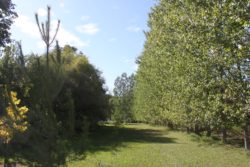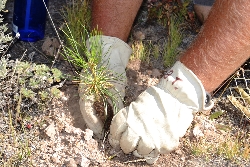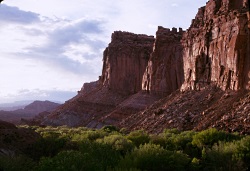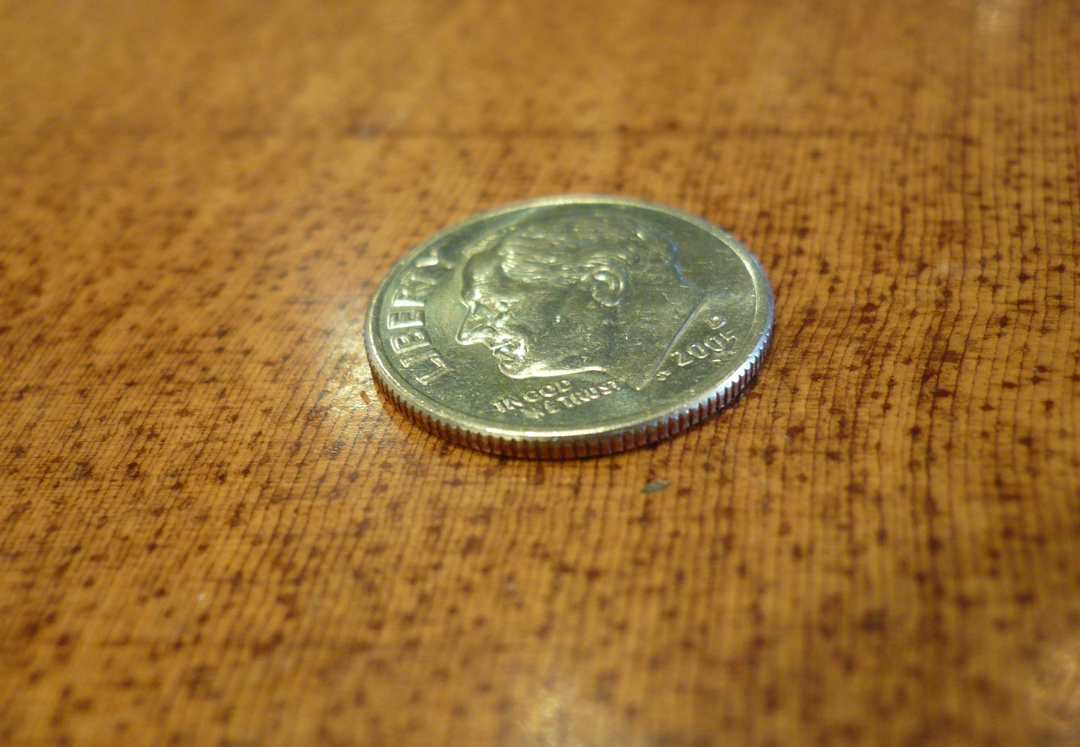
Courtesy & Copyright Hilary Shughart
 Jack and Darren McAvoy measuring the champion Engelmann Spruce at Tony Grove Lake.
Jack and Darren McAvoy measuring the champion Engelmann Spruce at Tony Grove Lake.
Jack has identified this tree as a close contender for the state Champion listing
Courtesy & Copyright Hilary Shughart, Photographer
 Urban Trees
Urban Trees
Courtesy and Copyright Ron Hellstern, Photographer“I think that I shall never see a poem lovely as a tree” Joyce Kilmore. I’m a forest person, my psyche deeply rooted in the forests of northern Wisconsin from my toddler days forward. Now as an octogenarian tree committee chair for Smithfield, Utah, trees have once again invaded my mental space and I feel the mychorrhizal fungi creeping back into my roots.
Arbor Day has come and gone a wonderful opportunity to celebrate these magnificent, towering relatives. As a biology teacher, I would have my students form a circle with each student offering a different benefit we receive from trees. Without any repetition, they never disappointed, each voicing another arboreal gift.
Every dollar spent on planting and caring for a community tree yields benefits that are two to five times the investment. The benefits urban forests provide include jobs, higher property values, improved physical and mental health, pollution mitigation, heat mitigation, lower energy bills, safer streets, flood protection, and biodiversity. Trees connect communities, cultures, and generations. Neighborhood trees have shown the ability to reduce stress, improve overall health and development in children, and encourage physical activity.
Climate change is arguably the greatest challenge facing the health of our planet, which is our health. While it will take many solutions working together to make a difference, trees are the proven, affordable, natural way that can be implemented quickly to pull carbon dioxide out of the atmosphere. Every tree planted is a step in the right direction.
One of the biggest line items in the Inflation Reduction Act’s forestry budget goes to urban forests: $1.5 billion has been appropriated for the Urban and Community Forest Assistance program, which provides technical and financial help to local communities so they can plant and maintain urban trees, educate citizens about tree care, and train tree workers.
“Access to urban green space and trees do a lot of wonderful things for people,” says Rachel Holmes, urban forestry strategist for the Nature Conservancy and co-chair for the Sustainable Urban Forest Coalition. Study after study validates the benefits of urban tree cover: Views of trees outside classroom and office windows can positively influence kids’ test scores and behavior, office workers report significantly less stress and more satisfaction; greener neighborhoods experience less crime.
An excellent resource for all things trees- selecting best tree for your landscape, planting, pruning, watering, mulching, is the Arbor Day website- www.arborday.org Smithfield has the high honor of holding the title “Tree City, USA”. Does your city? If not, the Arbor Day website has the criteria for attaining this esteemed title.
Are trees sentient beings- capable of thought and caring? May I suggest you read “Finding the Mother Tree- Discovering the Wisdom of the Forest” by Suzanne Simard for the answer.
Jack Greene for Bridgerland Audubon Society and I’m Wild About Utah trees!
Credits:
Audio: Courtesy & © Kevin Colver, https://wildstore.wildsanctuary.com/collections/special-collections
Text: Jack Greene, Bridgerland Audubon, https://bridgerlandaudubon.org/
Additional Reading: Lyle W Bingham, Webmaster, Bridgerland Audubon, https://bridgerlandaudubon.org/
Additional Reading:
Jack Greene’s Postings on Wild About Utah, https://wildaboututah.org/author/jack/
Joyce Kilmer, Poetry Foundation, https://www.poetryfoundation.org/poets/joyce-kilmer
Smithfield, Utah Tree Committee, https://smithfieldcity.org/bc-tc
USDA Forest Service Urban & Community Forestry, Inflation Reduction Act, Notice of Funding Opportunity (NOFO), USDA Forest Service, https://www.fs.usda.gov/sites/default/files/UCF-IRA-NOFO-04122023.pdf
About Tree City USA, The Arbor Day Foundation, https://www.arborday.org/programs/treecityusa/
Inflation Reduction Act News, UDSA News, https://www.usda.gov/ira
Kuhns, Michael, Mooter, Dave, Tree Planting Rules, https://extension.usu.edu/forestry/trees-cities-towns/tree-planting/tree-planting-rules
Tree Browser, USU Extension, Utah State University, https://treebrowser.org/






